Christianity, Buddhism, Hinduism, Zoroastrianism, and Greek mythology are often seen as completely different religions, largely defined by their differences.
But looking closely, we find a symbol that connects them: the halo, that aura around the head of a holy figure expresses his glory or divinity and can be seen in art from all over the world.
- The “last Soviet citizen”: Sergei Krikalev, the cosmonaut left in space while the Soviet Union collapsed
- What were the hours before the collapse of the mighty Soviet Union 30 years ago
- 10 iconic images of the USSR 30 years after its fall
There are many variants, including striped halos (like the one on the Statue of Liberty) and flaming halos (found in Ottoman, Mughal, and Persian Islamic art). But the most distinctive and ubiquitous is the circular disk halo.
Why was this symbol invented?
It has been speculated that it could have originally been a type of crown motif.
Alternatively, it may have been a symbol of a divine aura emanating from the mind of a deity.
Perhaps it was a simple decorative ornament.
Another theory, a little more amusing, is that it says that it derives from the protective plates that were fixed on the statues of the gods to protect their heads from the droppings of birds.
Investigate the role of the original circular halo in religious art alone takes us back to the 1st century BC
It had not appeared in any previous religion and yet it became an ever-present piece of religious iconography in Eurasia within a few centuries.
It is likely that it evolved from very early artistic traditions.
In ancient Egypt, the solar deity Ra It was commonly shown with a circular disk representing the sun, although this was above its head rather than behind it.
On the other hand, some artifacts from the city of Mohenjo-daro (in the Indus Valley), created in the decade of 2000 a. C., have what appear to be radiated auras.
However, in this case they appear around the whole bodies of the holy figures, instead of just in their heads.
Similarly, in ancient Greek art there are occasional depictions of radiated crowns of light surrounding the heads of mythological heroes to suggest your unique divine powers.
But the distinctive circular halo of the disc is an invention of a later date and presumably the the result of unique religious ideas.
The first examples of a disk halo come from the year 300 BC. C. in the religious art of ancient Iran.
Sun glare
It seems to have been conceived as a distinctive feature of Mithras, deity of light in the Zoroastrian religion.
It has been questioned that the concept of divine glory (known as ‘Khvarenah’) in Zoroastrianism is intimately related to the glare of the sun, and that the halo was the pictorial means of relating this quality to Mithras, just as it had been for the god Ra.
In terms of art history, the sheer speed at which the disk halo migrated across cultures makes it particularly noteworthy as piece of religious iconography.
In the AD 9.1100, a couple of hundred years after its creation, it could be seen in places as remote as the Tunisian city of El Djem, the Turkish city of Samosata, and the Pakistani city of Sahri-Bahlol.
By the 400s, halos had become embedded in Christian art in Rome and Buddhist art in China.
Somehow, in a matter of a few centuries, they had become the universal religious symbol of Eurasian divinity.
Then,how the influence of the halo spread around the world and between religions?
The initial movement of this piece of religious iconography is east and west from its birthplace in Iran, at the hands of some of the most powerful empires of the past.
In the 1st century AD, the Indo-Scythians (nomads from Iran) and the Kushans (from Bactria, Afghanistan) invaded the regions to the southeast, that is, the territories that are now covered by present-day Pakistan, Afghanistan, and northern India. .
Both empires, which were steeped in the ancient iranian cultural history, they brought coins representing Mithras with a halo.
This young god with his divine radiance had obvious appeal to a growing number of people around the Hindu Kush.
So much so that the iconography of Buddha, even from the first visual representations of him, such as the Bimaran reliquary (which could date from the end of the 1st century AD), show him with a Mithraic halo.
Meanwhile, Mitra was also winning the hearts of the invading Roman Empire to the west, as Mithraism became an important Roman religion.
Mithras later influenced the iconography of another Roman deity: Sol Invictus (the “undefeated sun”).
Both gods combined graceful male bodies with divine powers, linked to the radiance and authority of the sun, which is why they were worshiped by the most powerful members of society, especially the Roman emperors.
Emperor Constantine (306-337CE) recognized the iconographic power of the halo, thus he and his successors arrogantly appropriated it and they used it in artistic representations of themselves.
Later, with the growing acceptance of Christianity in the Roman Empire, the artists began to represent Jesus with a halo, now regarded as the highest symbol of God-approved authority.
This new arrival in Christian iconography occurred around 300 AD, more than two centuries after its appearance in Buddhism.
It was a sign of the metamorphosis of the Christianity from a marginalized religion to an official power structure in the West.
The halo has remained in Christian art ever since, although it has undergone some adaptation over the years.
Sometimes you can see God the Father crowned with a triangular halo, Jesus with a cross-shaped halo, and the living saints with a square halo.
The Buddhism, Jainism and Hinduism coexisted peacefully in India in the first millennium AD, and the three religions shared artistic ideas and iconography, including halos.
The earliest sculpted representations of halos in Indian religious art come from the two great centers of artistic production, Gandhara (on the border of Pakistan and Afghanistan) and Mathura (90 miles south of Delhi).
Exchange of ideas
In late antiquity and the Middle Ages, Gandhara stood at the center of a immense network of trade routes which extended to China in the east and the Mediterranean in the west.
The Buddhist monasteries They appeared along key trade highway junctions to serve as religious versions of caravanserais, that is, a type of inns in the East intended for caravans.
They provided a place for merchants to rest, pray, and recover, and became the stepping stones from which Buddhism spread overland to China, where artists replicated the religion’s iconography.
In 500 AD, they appeared halos in art in Korea and Japan, indicating the arrival of Buddhism also to these regions.
The same spread occurred for Hinduism, which spread through Asia through land and sea trade routes, bringing religious attitudes and artistic styles to Indonesia, Malaysia and other Southeast Asian territories.
These vast commercial arteries, which linked east and west in late antiquity and the Middle Ages, often They are known as the “Silk Roads”, in honor of the luxury items that were transported by them.
But along with exotic merchandise, these routes also transported religions, knowledge and iconography.
The circular disk halo is a icon of this dynamic brainstorming that existed in the distant past.
He started his life as a Zoroastrian sign of the solar divinity, but spread across Eurasia through ancient empires and trade networks that connected the boundaries of the known world
In the 21st century, it is also a powerful reminder of humanity’s shared cultural heritage.
- The day that ‘El Chapo’ Guzmán left a city without roses to bury his son
- Mexico will require a visa from Venezuelans to prevent them from reaching the United States
- The murdered actress Tania Mendoza and her love for the Mexican drug lord Arturo Beltrán Leyva
- “My husband cut off my hands with an ax”
- Tania Mendoza, actress of “La mera reina del sur” is shot to death in Mexico
.

:quality(75)/cloudfront-us-east-1.images.arcpublishing.com/elcomercio/MUFGQTC63RBZ5FPDRHZA5NR7WE.PNG)
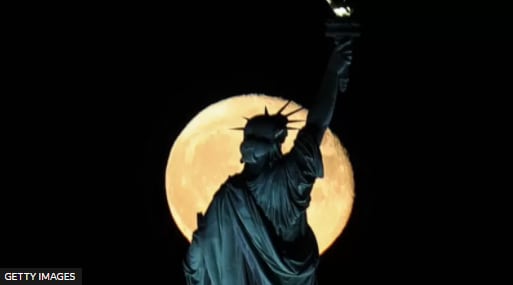
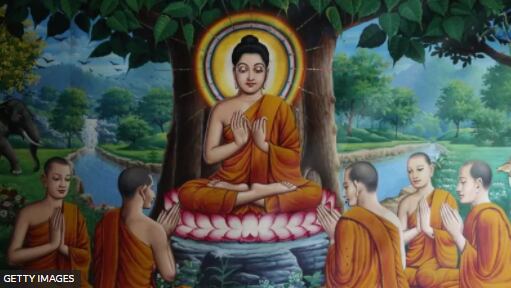
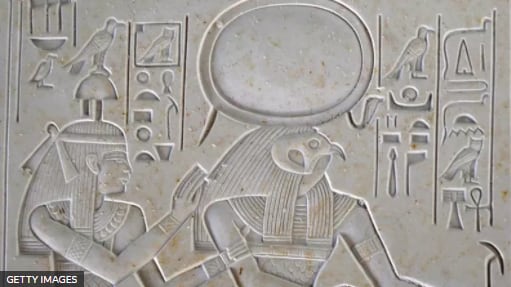
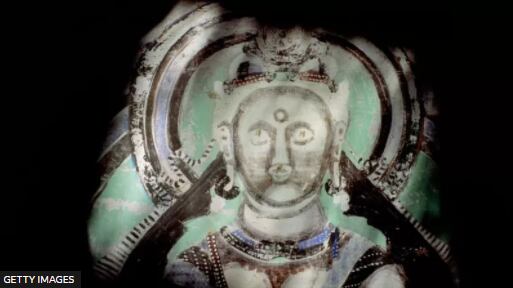

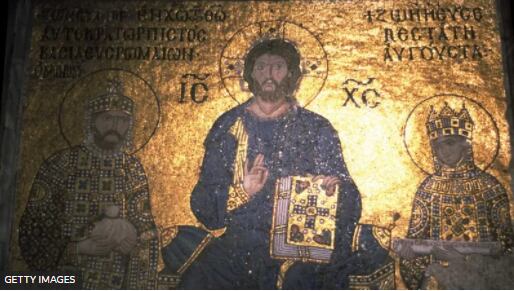


:quality(75)/cloudfront-us-east-1.images.arcpublishing.com/elcomercio/F53QICBAFRF3VEGJJYZRUWBZ2U.jpg)



